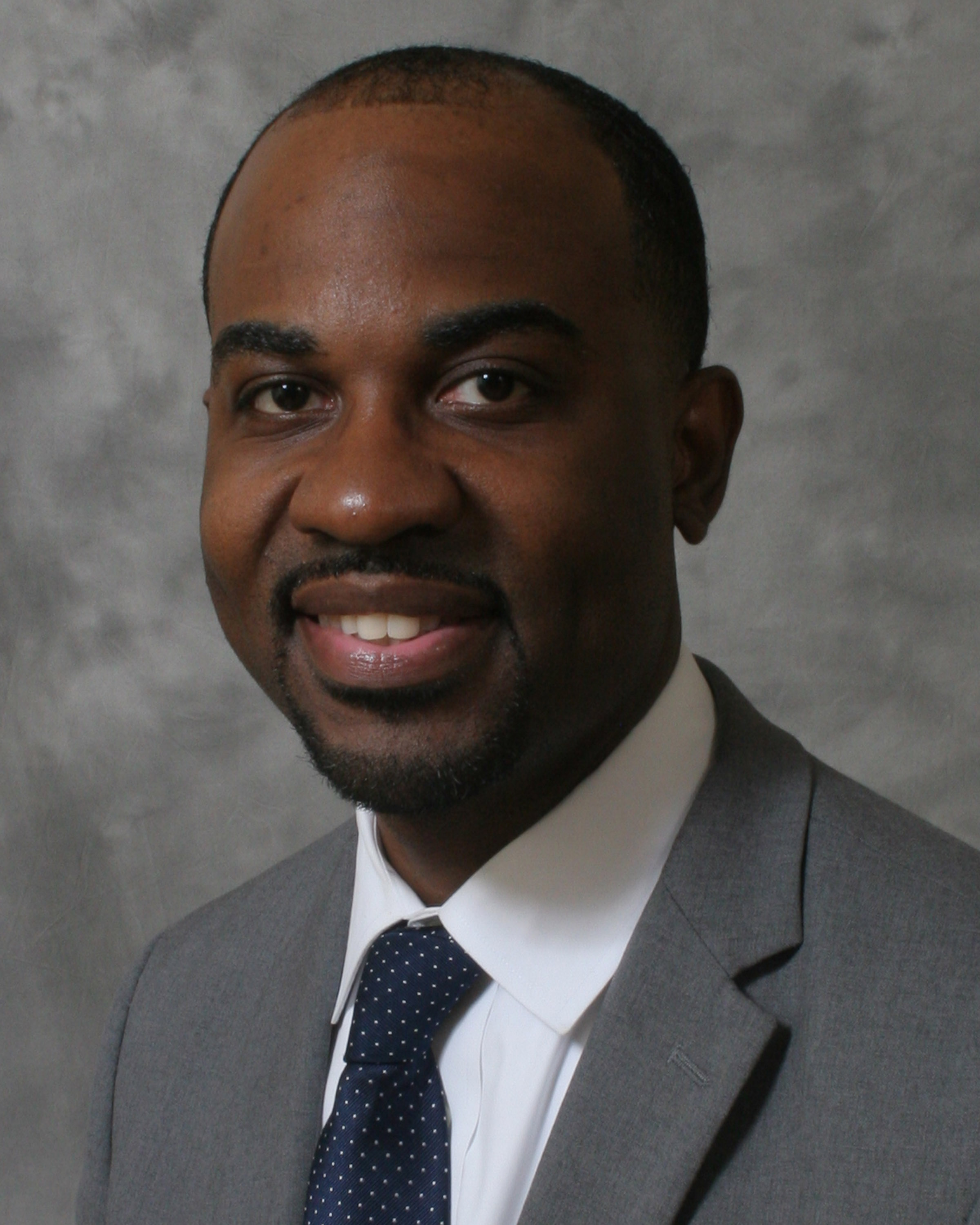PARITY IN HEALTH PROMOTION: A FOCUS ON DIVERSITY & LOW-WAGE WORKERS
Why this focus?
Everyone can agree on the three recognized levels of intervention that impact worker health, well-being, and productivity: individual characteristics, job characteristics and culture characteristics. All astute employers are focused on getting workers moving more and avoiding sugary beverages, and most are working to build resilience habits. But beyond these programs are individuals who don’t share the same skin color, worldviews or paycheck. What’s more, there is a complicated “intersectionality” between income, race, and gender that makes addressing these individual characteristics all the more vexing. Employers are faced with the dilemma of understanding how their health and well-being programs are performing, and whether their programs are responsive to the needs of everyone, not just the readily engaged.
Lower-income workers present unique challenges, and we must consider how employers might leverage available data sources to maximize the value of their greatest asset: their human capital. Research indicates that bias, prejudice, and discrimination are corrosive elements in many employees’ lives, including in their work lives. In today’s diverse workforce serving diverse customers, this issue should have a prominent place in creating an organizational culture where everyone is welcomed, everyone is included, and everyone is valued. The culture of an organization is one of the best indicators of how likely employees are to engage in a wellness program. Understanding how to take a diverse culture into account when planning and developing a health and well-being program is more than just having materials translated into different languages. How can employers engage a diverse culture? What does cultural competence mean, and why is it important? How does the intersectionality of race, gender, and socioeconomic status impact the culture of an employee population? These are the substantive questions we explored during the Fall Think Tank, which preceded HEROForum17.
For HERO members that couldn’t join us, you can access the Archived Presentations of Think Tank Panel presentations in the HERO Resource Library.
DATA ON HEALTH PROMOTION AND LOW-WAGE WORKERS

Bruce Sherman, MD, Medical Director of Population Health Management
Conduent HR Services
Dr. Bruce Sherman started our discussion by reviewing ways in which wage stagnation and growth in benefits costs are making healthcare less affordable for employees. He further stated that data and research show that lower wage workers use less healthcare –despite higher risk scores, and are more apt to utilize the ER and inpatient care. Opportunities exist to rethink benefit designs for low-wage workers and reconsider methods of engagement by employers. Dr. Sherman’s slide presentation can be found on the HERO website.
A DIVERSITY & INCLUSION FOCUS FOR BEST WORKFORCE OUTCOMES

Karen Lloyd, PhD, LP, Sr. Director Behavioral Health Strategy and Operations
HealthPartners

Shamayne Braman, EdM, Director of Diversity and Inclusion
HealthPartners
HealthPartners, the nation’s largest non-profit integrated health care and health care financing system, proposed diversity and inclusion be considered as part of a healthy workplace culture. HealthPartners is convinced that this is the next frontier for improving employee health, well-being and work performance. A full description of their presentation is available in the HERO Forum Proceedings.
PANEL: CULTURAL COMPETENCY & WELLNESS PROGRAMS DESIGNED FOR DIVERSITY

Marleece Barber, MD, Chief Medical Officer
Lockheed Martin Aeronautics
Dr. Marleece Barber facilitated the panel discussion while also emphasizing that to make improvements you must think globally, creating increased awareness and visibility. She discussed the benefits of having a white privilege forum in the workplace, inviting all parties into the conversation. Dr. Barber also explored the value in partnering with colleagues in other departments, from HR to finances, to gain greater support of health and wellness initiatives

Danielle Klassen, B.S., CWP, Senior Health Management Consultant
Oswald Companies
Danielle Klassen discussed the tendency of organizations to become fixed on terminology, often making communication with the consumer less understandable. In addition to improving communication to meet the consumer where they are, it helps when employers literally meet them where they are, for example from providing on-site services to CEOs meeting with workgroups annually, requesting in-person feedback regarding their employee experience. The opportunity to get to know employees on a personal level can be highly productive.

Mandy O’Neill, PhD, Associate Professor of Management
George Mason University
When asked to rate the cultural competency of organizations that she’s observed, Dr. Mandy O’Neill stated there’s a “range from progressive to problematic.” She further discussed there’s a spectrum of readiness for change within an entire organizational system, and connections within departments can serve as a buffer and lead to increased understanding. It’s equally important to complete an honest assessment of what your organization’s challenges are in terms of cultural awareness and competency.

Ryan Sledge, MPH, MBA, Director of Corporate Wellness
OhioHealth
Ryan Sledge discussed two areas for consideration when asked about increasing engagement of low-wage workers: (1) consider the voice of your customer; and (2) reevaluate the best avenue for communicating programs. Employers seeking to engage lower wage workers should consider going beyond electronic communication and find opportunities for high touch marketing strategies, stating there is a gap in how information is provided to workers. In terms of addressing equity and health disparities, Ryan brought up the value of including diversity councils and affinity groups into wellness program planning.
Interactive Table Discussions:
Think Tank members concluded the afternoon by convening into small groups to discuss how to take into account the complicated connections between income, race and gender of employees as they seek to increase employee engagement. Members explored the dilemma of understanding whether employer health and well-being programs are responsive to the needs of everyone, not just the readily engaged and what steps they can take to increase low-wage worker engagement, and improve diversity and inclusiveness.
A brief summary of key insights follows.
- Health and wellbeing initiatives need to address the chief outcomes leaders expect to be addressed. Often, leaders may not understand the links between outcomes and issues around diversity within their employee population. Data is key in connecting the dots between the two.
- Perhaps well-being programs rooted in compassion that is sensitive to racial, social and socioeconomic inequities is where we should focus.
- To better engage in a discussion of diversity and understand the needs of a diverse employee population (wage earnings, race, gender), it behooves the employer to connect efforts and services at both the corporate and community levels.
- Diversity training should be implemented at all levels, from the C suite to middle managers to staff.
- Leaders and stakeholders need to see the data supporting the benefits of diversity and the negative impact of stress and discrimination in workplace performance and health.
- Collaborations are needed between departments within a company to implement diversity and inclusion goals that are tied to annual reviews, thereby increasing accountability
- Understanding the diverse employee population you’re creating wellness programming for is key. To do this, employers need to communicate with workers using multiple levels. Not only is it important to explore differences but also areas of commonality.
- Leadership needs to set the tone and be an example for creating safe opportunities for conversation, where employees can share personal stories and support one another.
- Employers could reconsider using outcomes-based incentives that can ultimately be more punitive and discriminatory.
- Perhaps we need to reevaluate benefits design and explore scaling copays and deductibles based on salary.
Reflections:
Discussions of equity and diversity can be uncomfortable whether it be in a personal or professional setting. The challenge of “intersectionality” between income, race and gender can leave an employer wondering where to begin and what to do. As a clinical social worker, I’ve been faced with these questions many times. I have had the privilege of working with low-wage, minority, single mothers in both urban and rural areas, working in corporations focused on banking to fast food. I’ve provided health coaching in rural settings, serving manufacturing workers working up to 60-hour work weeks. In both settings, I met amazing people simply trying to make ends meet, hustling from one job to another (often by bus) to keep a roof over their family’s heads and food on the table, while having to decide whether to pay the power bill or pay for prescriptions that month. Going to the gym, packing salads in mason jars or participating in fitness challenges at work were typically not part of their daily thought process. This is not to say there is anything wrong with those things, but often wellness programs either stopped short at biometric screenings or were tailored to middle and upper-income populations, ultimately lacking understanding of the needs of the diverse employee populations being served.
So where do we begin? We begin by listening. Ask the employees you are serving what they want. What they need. What they are interested in accomplishing. What strengths do they have? What resources they have access to and what barriers exist. And then…listen. During this year’s Think Tank, I was humbled to sit in a room with such passionate thought leaders while discussing ways to move the needle for the often disenfranchised. If we can take the voice of the employees, combined with scientific data and engage a diverse group of wellness professionals, I believe culturally competent and equitable programs will be the result. There’s no one solution and it surely takes a village of people filled with compassion, empathy and a desire to do better.
